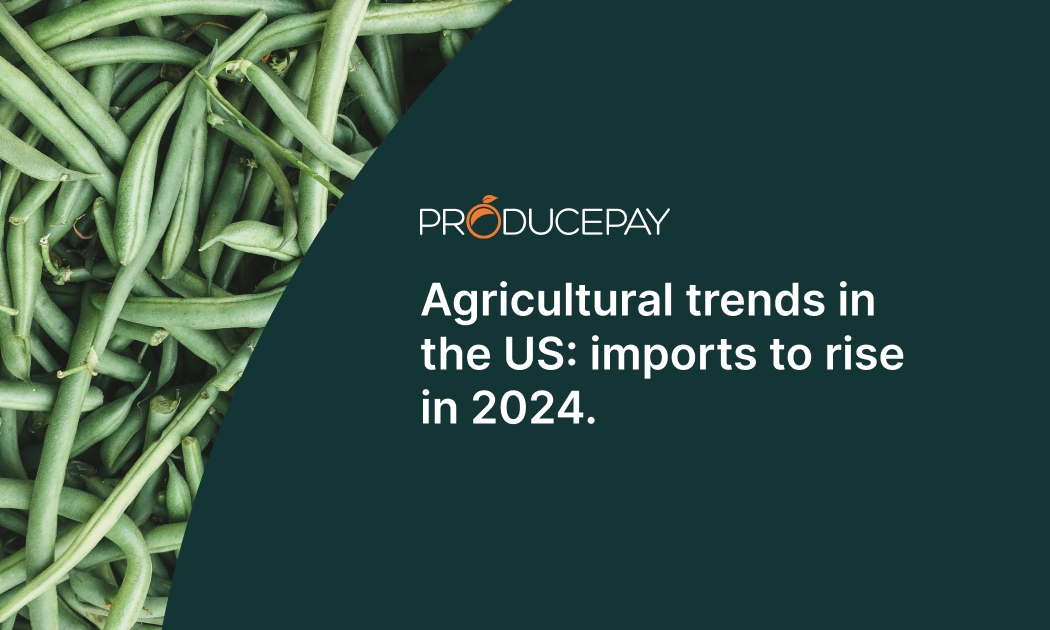
Agricultural trends in the US: imports to rise in 2024.
The United States is a critical global agricultural market, capable of driving new trends and shifts. The latest projections suggest a notable increase in US agricultural imports alongside a weakening of vegetable production in 2024.
Forecasting Agricultural Trade
With projected import values reaching a record-breaking $200 billion in 2024, surpassing last year’s $195.4 billion, the USDA foresees a continued growth trend in agricultural imports, averaging a 0.8% annual increase until 2033.
Fruits and vegetables are expected to lead the way, with an annual growth forecast of 2.1% over the decade. Commodities like avocados, berries, and citrus fruits from countries such as Mexico, Chile, and Peru and organic products from the Southern Hemisphere are also projected to grow significantly.
On the other hand, total exports are anticipated to decline steadily, with a projected 14% decrease by the end of 2024, compared to the record $196.1 billion achieved in 2022.
Trends in Domestic Production
Despite a 4% uptick between 2022 and 2023, limited growth is anticipated in vegetable production, primarily due to increased competition from imports and a decline in exports.
The share of domestic production in the market is expected to decrease from 32% in 2022 to 30% by 2033, resulting in an 11% reduction in vegetable value during this period.
While steady growth is expected in romaine lettuce production, iceberg lettuce is projected to decline due to competition from protected agriculture and the popularity of romaine lettuce. Onion production is projected to remain stable, and potato production is forecasted to increase by 8% over the next decade, with a slight decrease in planting area in 2024.
There is a noticeable shift towards protected agriculture, such as greenhouses and vertical urban farms, gradually replacing traditional methods.
Building Resilient Supply Chains
Over the next decade, the agricultural projections for the United States signal an era of change and volatility, underscoring the importance of establishing solid and diversified supply chains.
In light of this, our Predictable Commerce Program emerges as a strategic solution enabling industry stakeholders to collaborate in building a resilient, transparent supply chain that is less susceptible to market fluctuations.
Sources: USDA, The Packer

